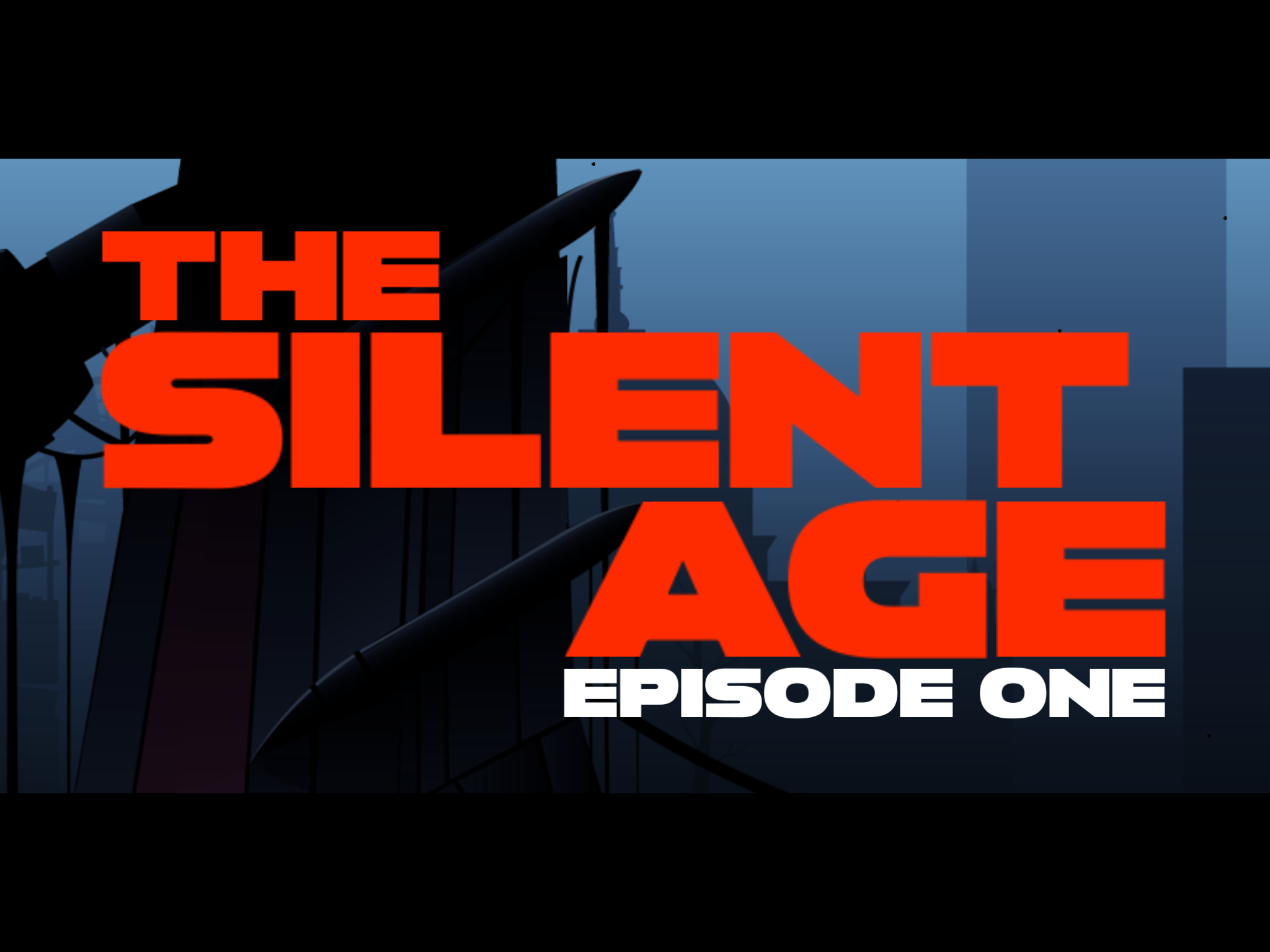
William beseeched and beseeched, but the mother was unyielding. To alleviate her mourning, her brothers William and Alexander suggested that she join them in Bath, England, where William, to whom she was deeply and abidingly attached, had taken a position as an organist at a local church. He died several months later, leaving the young woman in stupefied grief.

The summer after Caroline’s sixteenth birthday, her father had a stroke, which paralyzed the entire left side of his body. Hand-embroidered runner for Caroline Herschel from artist Judy Chicago’s 1979 project The Dinner Party, a celebration of women’s legacy in creative culture But this faint promise of scholarship barely lasted a few months - tuberculosis claimed her young tutor’s life. To receive her lessons, Caroline would rise before dawn, meet her tutor at daybreak, and study until 7 in the morning, at which point she would have to resume her duties as the household’s Cinderella. He eventually arranged for her to be tutored by a young woman whose parents lived in the same Hanover house as the Herschels. It was the father, an admirer of astronomy, who secretly taught her music and science when his wife was “either in good humour or out of the way,” and who one frosty night took young Caroline out to make her “acquainted with several of the most beautiful constellations a comet which was then visible.” For the remainder of her life, this tiny woman of four feet and three inches swept the skies with her twenty-foot Newtonian telescope and one good eye.īut many more obstacles stood between her and astronomy, perhaps most crucially her mother - an illiterate woman who was determined to make Caroline useful in domestic duties and was adamant that the girl shouldn’t be distracted with education. The illness damaged her left eye and stunted her growth. She would later recount the aftermath of the attack in Memoir and Correspondence of Caroline Herschel ( public library):įor several months after I was obliged to mount the stairs on my hands and feet like an infant but here I will remark that from that time to this present day I do not remember ever to have spent a whole day in bed. At the age of eleven, Caroline contracted typhus fever, which nearly killed her.


Of her ten siblings, four died in early childhood. Herschel’s monumental legacy and her ninety-eight years of earthly perseverance - a lifespan that exceeded the era’s average life expectancy by decades and stretched through the French Revolution, the Civil War, the rise and fall of Napoleon, and the invention of the railroad and the telegraph - are all the more impressive against the backdrop of the inordinate hardships she had to overcome from a young age. Together with the Scottish mathematician Mary Somerville (for whom the word “scientist” had been coined a year earlier), 85-year-old Herschel became the first woman elected Honorary Member of the Royal Astronomical Society for the eight comets she had discovered in her prolific life as a “sweeper” of the stars.
#THE SILENT AGE MEAT HOOK PROFESSIONAL#
In 1835, a quarter century before Maria Mitchell earned her place as America’s first woman astronomer and led the way for women in science, Caroline Herschel (March 16, 1750–January 9, 1848) became the world’s first professional woman astronomer.

I would allow women to share in all the rights of humanity, and most of all those of the mind.” It took a century for her fantasy to take on the first glimmer of reality. “If I were king,” the trailblazing mathematician Émilie du Châtelet wrote in the 1730s, “I would reform an abuse that cuts out, so to speak, half of humanity.


 0 kommentar(er)
0 kommentar(er)
